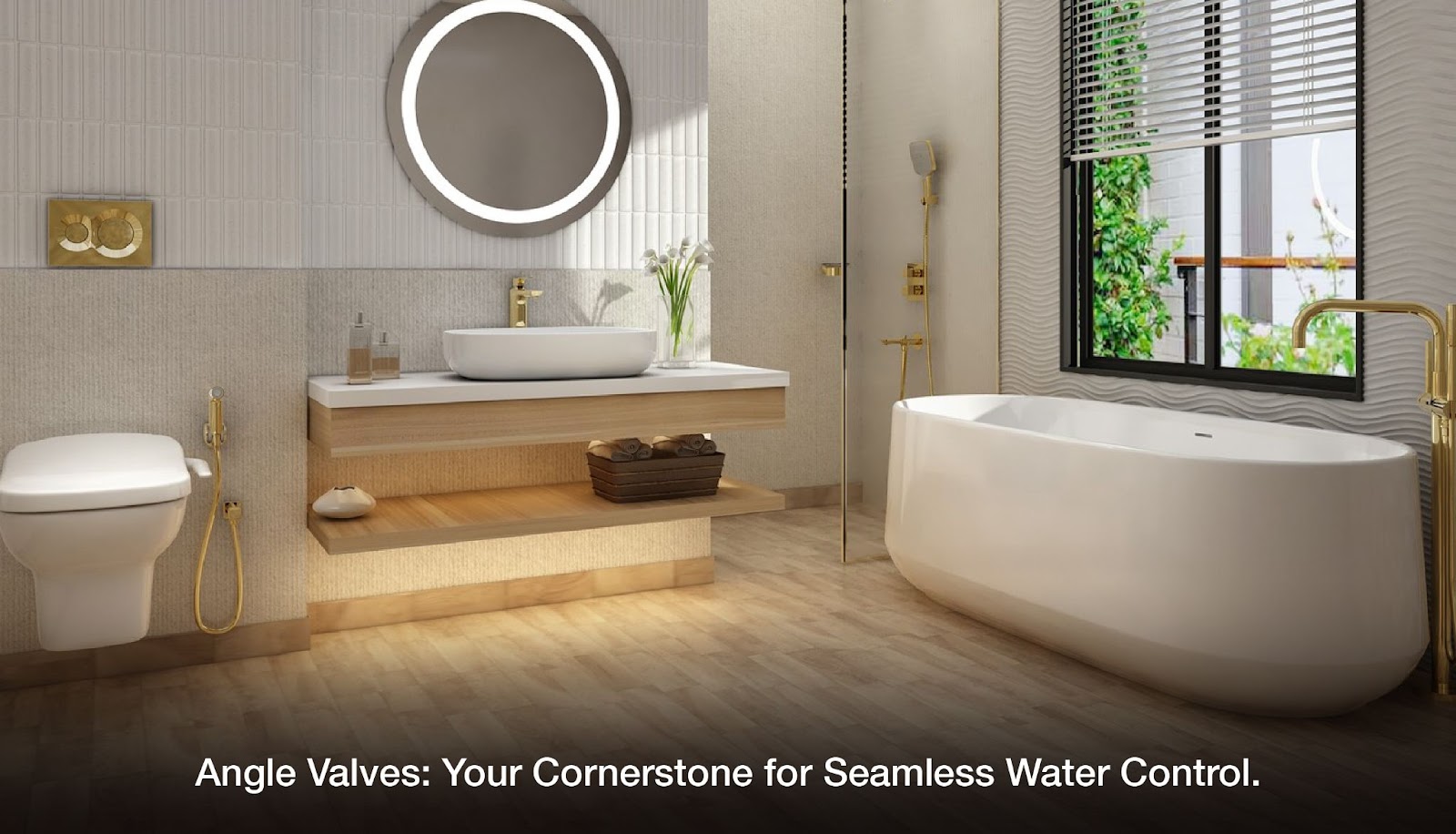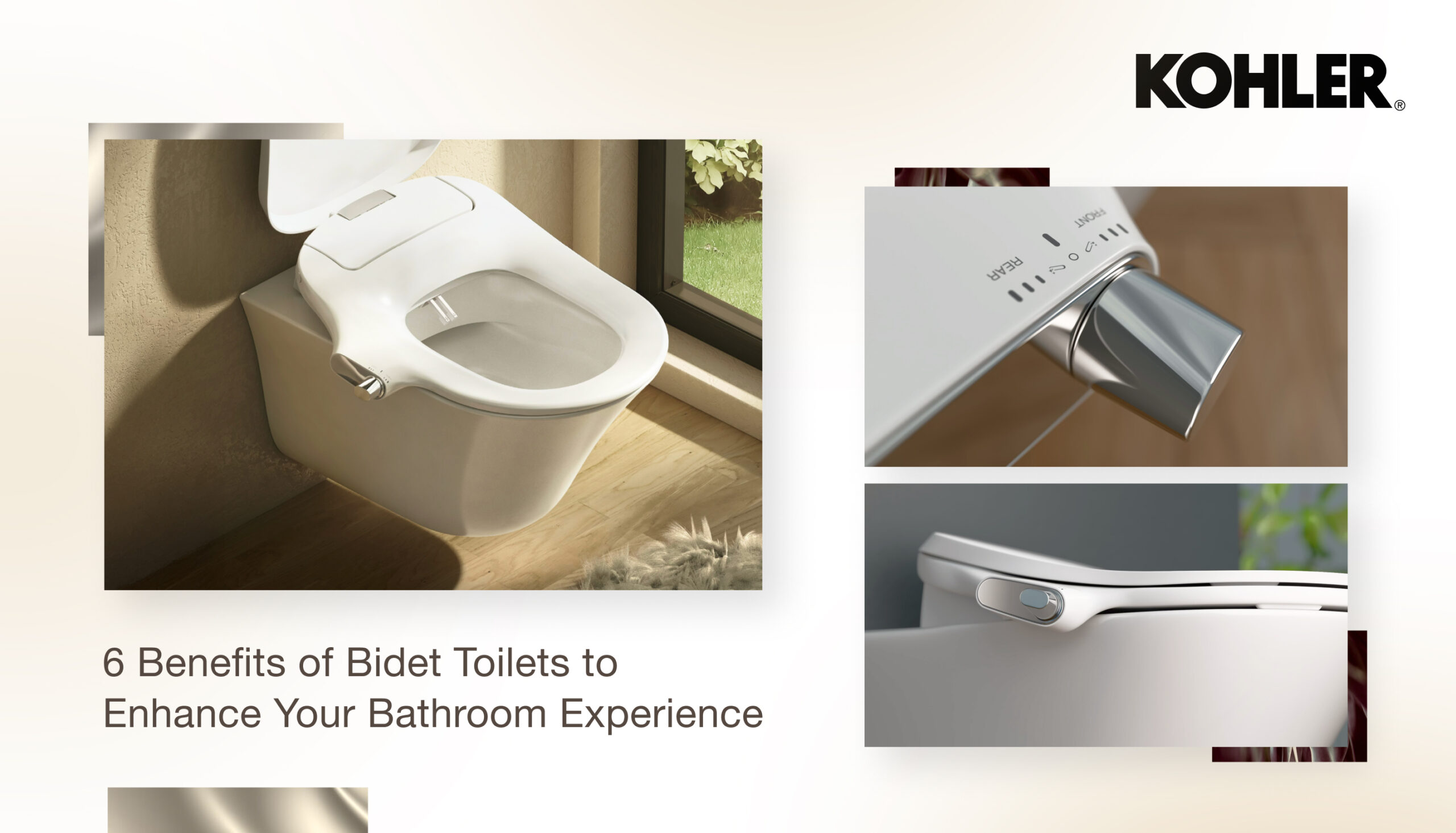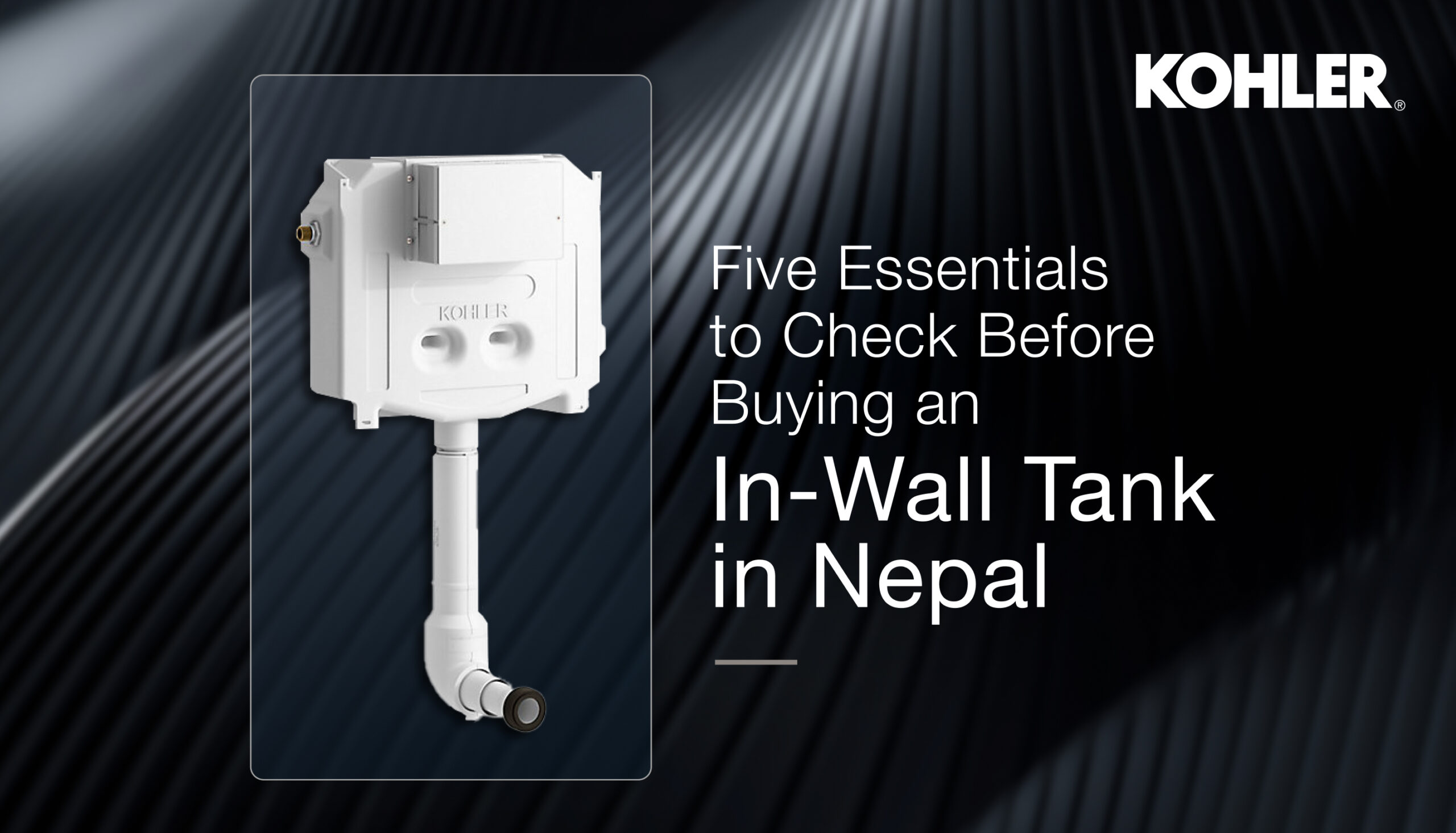Angle valves are manual valves mostly used to stop and regulate water flow. In the plumbing industry, there are many types of valves. Each has its goal, such as temperature control, flow control, shut-off, etc. The angle valve is typically used in business industries, such as bathrooms or plumbing, to regulate water flow.
The outflow and intake ports of an angle valve are parallel to one another. The outer parts and intake of an angle valve stand parallel to each other, and their existence in a machine or any tool contributes to the machine’s longevity and durability.
The angle valve has extended outlet connections, cage-style construction, and limited trim or outlet liners to reduce erosion, flashing, or cavitation damage. Different types are available and used separately for kitchens, bathrooms, sinks, and geysers. It’s a very effective valve for stopping and controlling the water flow in extreme situations.
Angle Valve Usage
Angle valves are helpful in case of bursts or harmful leakages. The angle stop shuts off the appliance or fixture flow until the proper repairs are made. Certain valves regulate control, flow, and substance pressure. They regulate the product’s functioning and impact conditions like vibration, cavitation, corrosion, and noise.
Moreover, suppose you are renewing or upgrading your faucet or other fixtures or repairing them instead of cutting the water flow in your entire home plumbing. In that case, you can employ the angle stop valve to shut water to just that single fixture or appliance which requires repair.
A one-way valve ensures fluid flows in a single direction, preventing backflow, whereas a two-way valve controls fluid movement in two directions, facilitating versatile flow management.
Angle Valve Components
Every angle valve type has the same elements. It starts with a valve tap at the top that can operate the valve. This handle connects to a stem inside the valve. Moreover, the steam connects to a disc at the bottom and runs inside the valve. Additionally, there’s an O ring to provide a better seal. Lastly, the valve body contains two ports: the inlet and the outlet. The working principle of an angle valve remains as simple as your washbasin faucet. Just turning the handle will open or close the water flow. This makes the usability of this valve easy. Anyone in the family can use it, including the children.
Features and Functions
Angle valves come in a wide variety of sizes and forms. These little faucets, known as angle valves, have threaded outlets that can be used to fix appliances. The valve exudes different pressure-handling capacities depending on its construction and substance. Choosing a brass valve is the most excellent option out of all the materials. The principal factors contributing to brass valves’ superiority are their ease of processing and tensile strength. Brass is also an excellent material for intricate parts like bearings and valves. Because of their corrosion resistance, these work incredibly well in the maritime and nautical industries, outdoors, and with plumbing supplies.
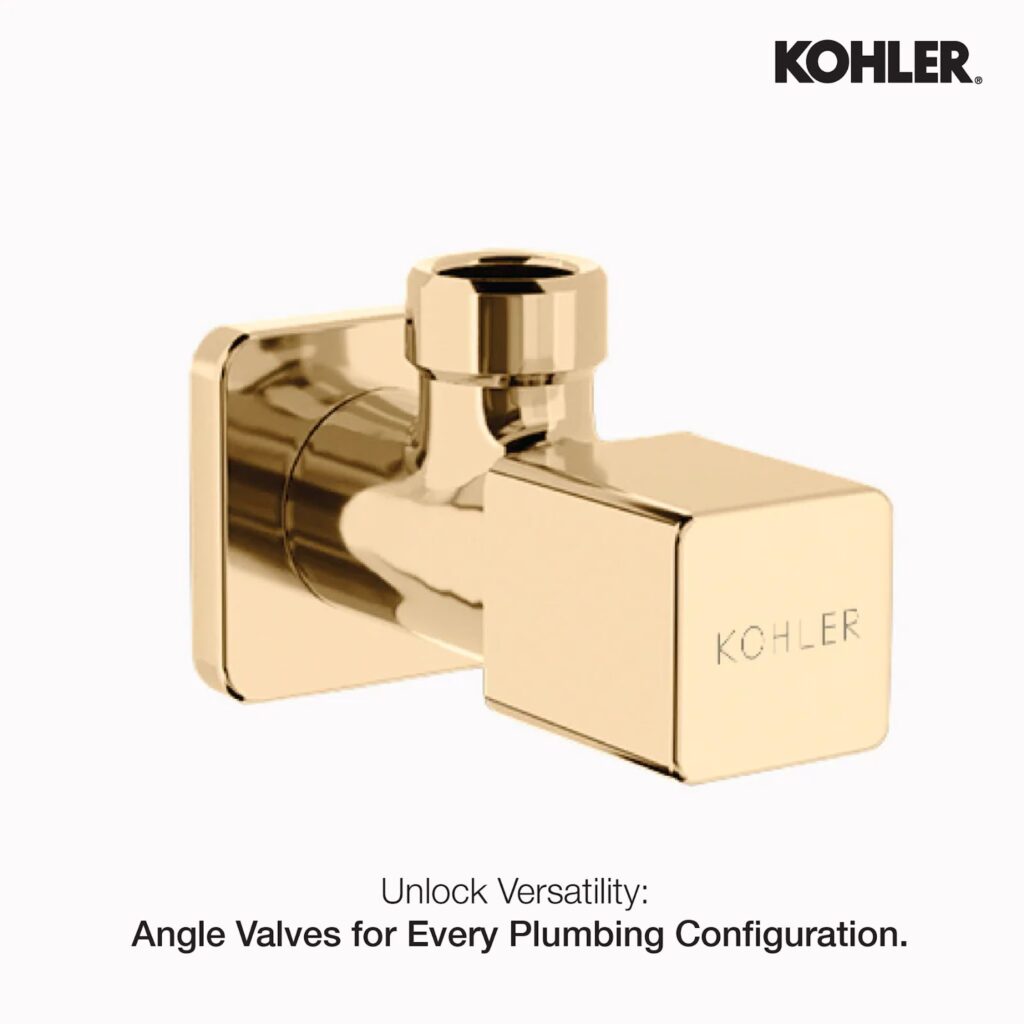
Tips to Choose the Right-Angle Valve
You need to consider these selection criteria when choosing the right-angle valve.
Design:
The valve design depends on the manufacturer and the place where you’ll use it. If you will use it in your home, select an eye-catching method. The aesthetic appeal goes a notch above using the right-angle valve. Moreover, choosing the ideal angle valve can fit seamlessly into your modern interior design. Another thing to consider is whether you want a clean, minimalist design or a cluttered one. A clean design allows for hassle-free maintenance.
Also Read: Kohler Bathtubs Which Redefine Comfort & Craftsmanship
Material:
Different metal materials are used to make valve parts, including brass, stainless steel, zinc alloy, plastic, and copper. However, brass is the best body material and cartridge, while stainless steel or zinc alloy is excellent for handling.
Surface Finish:
Chrome plating, nickel plating, and polish are available. Chrome plating suits almost all environments, but you can also have something that suits your place’s theme. You need to opt for corrosion-resistant materials. In addition, it resists damage from scratches, dents, and abrasions.
Also Read: Relax & Unwind with the Perfect Bathtub for Your Home
Types and Operation:
The operation mode and type vary depending on the application. Available options include compression angle, angle stop, angle ball, multi-turn, half turn, quarter turn, 2-way, 3-way, and many more.
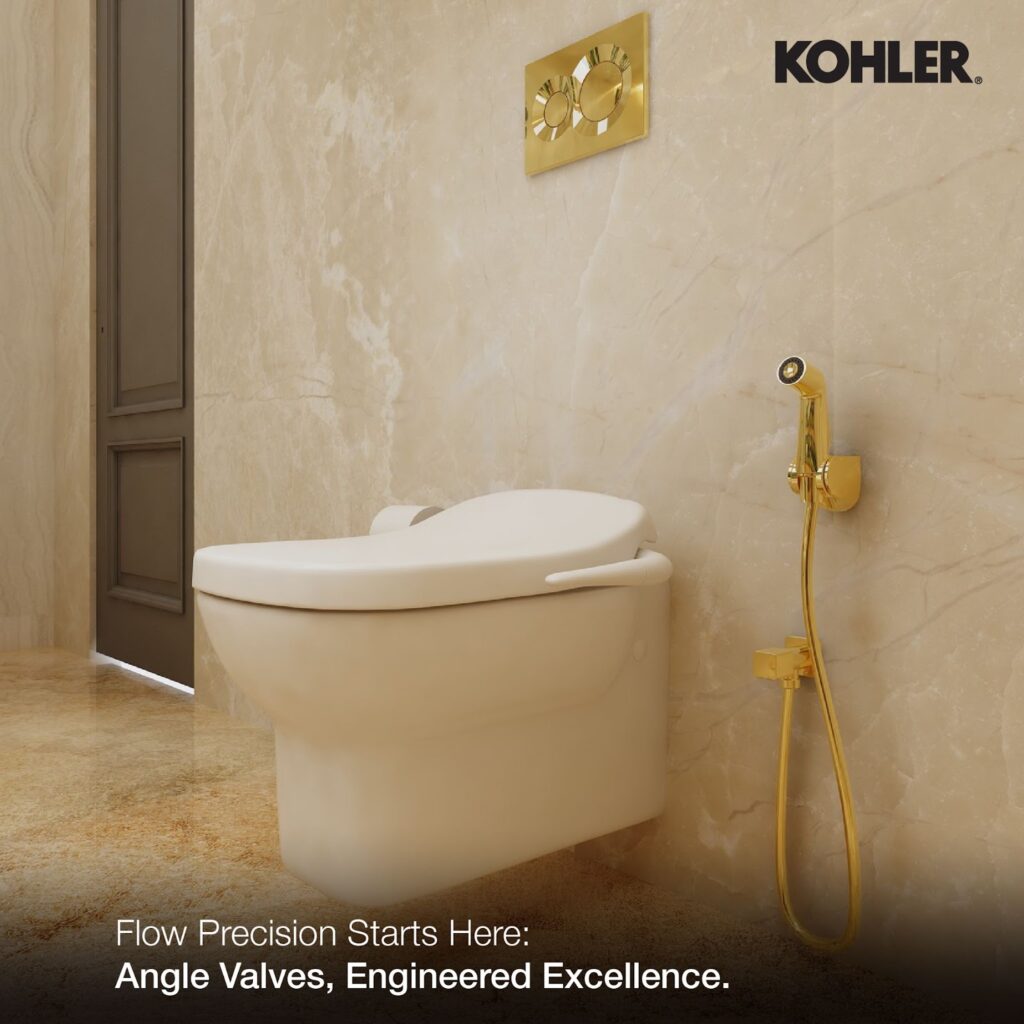
Closing Thoughts
Essential information on angle valves is needed to improve one’s experience and minimize operation trouble. In conclusion, angle stop valves are very effective for regulating water flow. However, choosing the best angle valve is crucial for a better experience. Kohler Angle Valve offers both functionality and elegant design for modern plumbing solutions. GO BOLD, GO KOHLER.
Frequently Asked Questions
Q1. What type of valve is an angle valve?
The angle valve is a water valve commonly used in home plumbing fittings. It is named for its unique angled design, allowing easy installation in tight spaces where straight valves fail to fit.
Q2. Why are angle valves used?
Angle valves control water flow from faucets under kitchen and bathroom sinks.
Q3. What is the best valve angle?
The valve-seat angle is 45 degrees. There is a top angle on the combustion chamber side of the 45-degree seat, usually around 30 degrees. It is a radius to transition air between the combustion chamber and the 45-degree seat.
Q4. What is the working principle of an angle valve?
Angle seat valves are operated pneumatically. Air pressure controls the piston actuator, which lifts the valve plug off its seat.
Q5. Why is valve angle important?
Angle valves control water flow from faucets under bathroom sinks and kitchens. Separate angle valves are fitted for cold and hot water flow under geysers. Angle valves are also found in the toilet seat sections, to which health faucets or pipes are connected to create the jet sprays.

